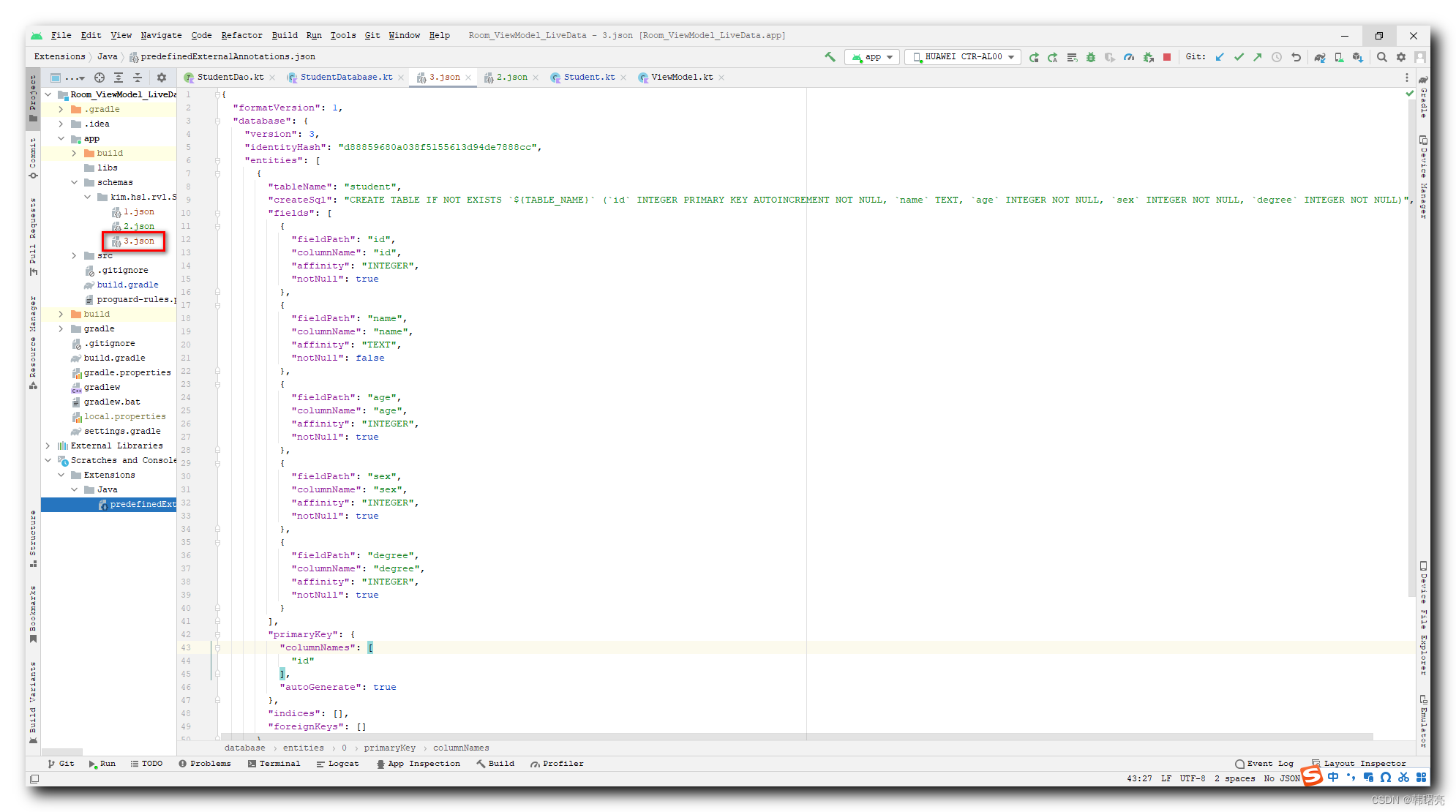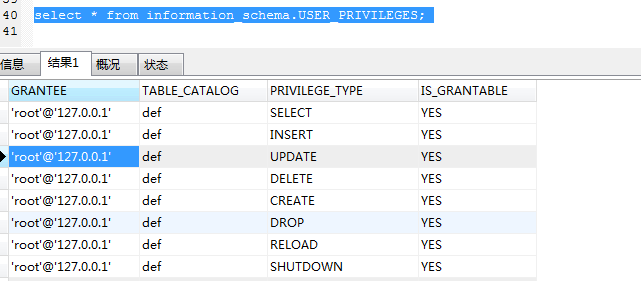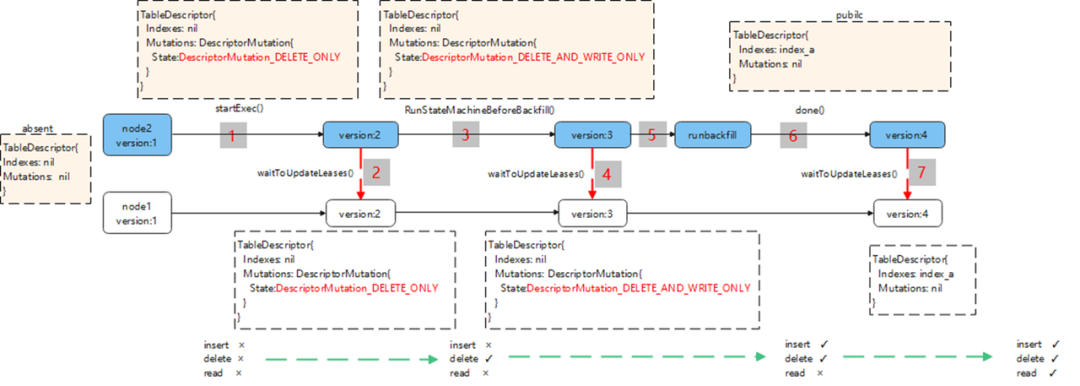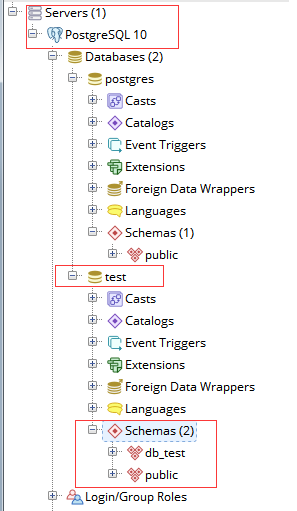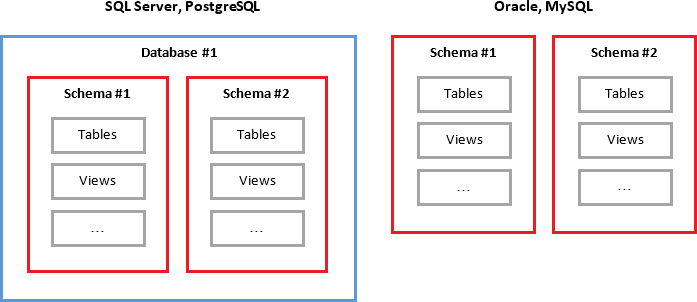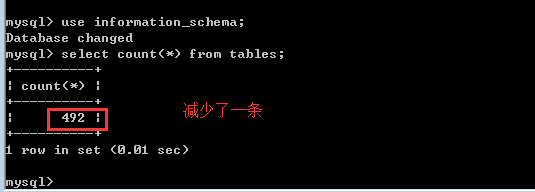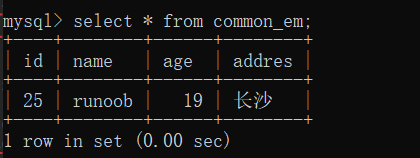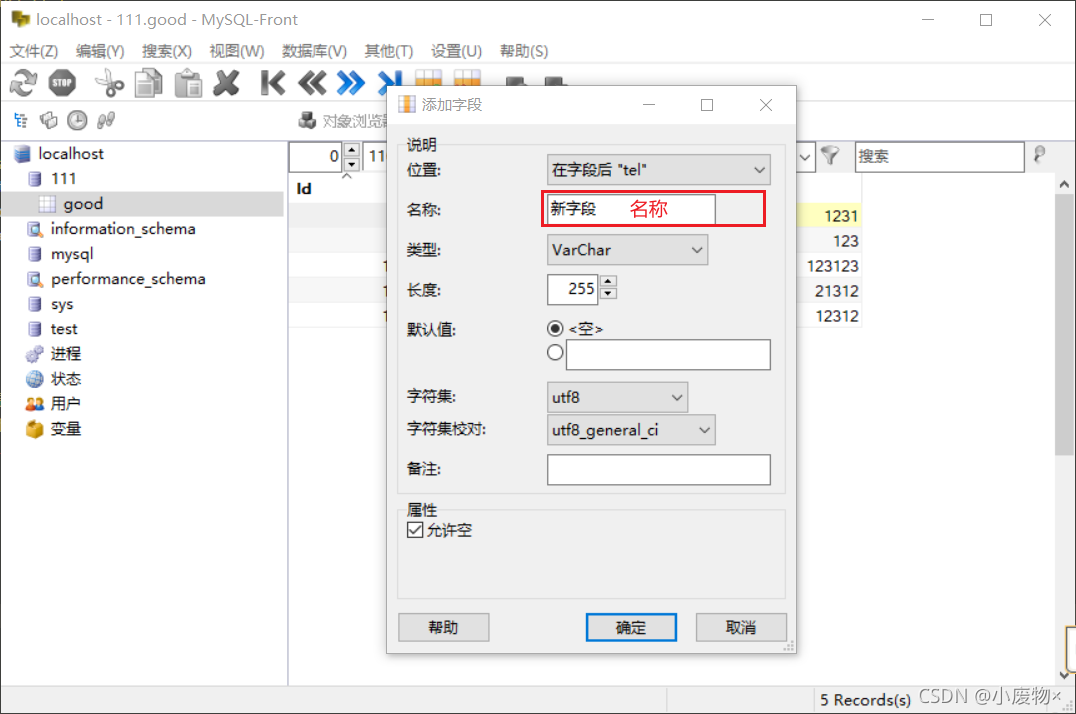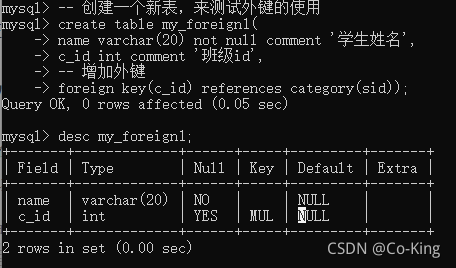1. 什么是SSLSocket
JDK文档指出,SSLSocket扩展Socket并提供使用SSL或TLS协议的安全套接字。
这种套接字是正常的流套接字,但是它们在基础网络传输协议(如TCP)上添加了安全保护层。
具体安全方面的讨论见下一篇。本篇重点关注SSLSocket及相关几个类的使用。
2. SSLSocket和相关类
SSLSocket来自jsse(Java Secure Socket Extension)。

(1)SSLContext: 此类的实例表示安全套接字协议的实现, 它是SSLSocketFactory、SSLServerSocketFactory和SSLEngine的工厂。
(2)SSLSocket: 扩展自Socket
(3)SSLServerSocket: 扩展自ServerSocket
(4)SSLSocketFactory: 抽象类,扩展自SocketFactory, SSLSocket的工厂
(5)SSLServerSocketFactory: 抽象类,扩展自ServerSocketFactory, SSLServerSocket的工厂
(6)KeyStore: 表示密钥和证书的存储设施
(7)KeyManager: 接口,JSSE密钥管理器
(8)TrustManager: 接口,信任管理器(?翻译得很拗口)
(9)X590TrustedManager: TrustManager的子接口,管理X509证书,验证远程安全套接字
3. SSLContext的使用
public static void main(String[] args) throws Exception {X509TrustManager x509m = new X509TrustManager() {@Overridepublic X509Certificate[] getAcceptedIssuers() {return null;}@Overridepublic void checkServerTrusted(X509Certificate[] chain,String authType) throws CertificateException {}@Overridepublic void checkClientTrusted(X509Certificate[] chain,String authType) throws CertificateException {}};// 获取一个SSLContext实例SSLContext s = SSLContext.getInstance("SSL");// 初始化SSLContext实例s.init(null, new TrustManager[] { x509m },new java.security.SecureRandom());// 打印这个SSLContext实例使用的协议System.out.println("缺省安全套接字使用的协议: " + s.getProtocol());// 获取SSLContext实例相关的SSLEngineSSLEngine e = s.createSSLEngine();System.out.println("支持的协议: " + Arrays.asList(e.getSupportedProtocols()));System.out.println("启用的协议: " + Arrays.asList(e.getEnabledProtocols()));System.out.println("支持的加密套件: "+ Arrays.asList(e.getSupportedCipherSuites()));System.out.println("启用的加密套件: "+ Arrays.asList(e.getEnabledCipherSuites()));}运行结果如下:

SSLContext.getProtocol(): 返回当前SSLContext对象的协议名称
SSLContext.init(): 初始化当前SSLContext对象。 三个参数均可以为null。 详见JDK文档。
SSLEngine.getSupportedProtocols()等几个方法可以返回些 Engine上支持/已启用的协议、支持/已启用的加密套件
4. SSLSocket和SSLServerSocket的使用
这两个类的用法跟Socket/ServerSocket的用法比较类似。看下面的例子(主要为了验证SSLSocket的用法 ,I/O和多线程处理比较随意)
4.1 SSLServerSocket
(1)新建一个SSLServerSocket,并开始监听来自客户端的连接
// 抛出异常// javax.net.ssl.SSLException: No available certificate or key corresponds// to the SSL cipher suites which are enabled.public static void notOk() throws IOException {SSLServerSocketFactory factory = (SSLServerSocketFactory) SSLServerSocketFactory.getDefault();SSLServerSocket server = (SSLServerSocket) factory.createServerSocket(10000);System.out.println("ok");server.accept();}server.accept()处抛出异常, 提示缺少证书。与ServerSocket不同, SSLServerSocket需要证书来进行安全验证。
使用keytool工具生成一个证书。 步骤如下, 得到一个名为cmkey的证书文件

(2)重新完善上面的代码。 主要增加两个功能: 使用名为cmkey的证书初始化SSLContext, echo客户端的消息。 代码如下
// 启动一个ssl server socket// 配置了证书, 所以不会抛出异常public static void sslSocketServer() throws Exception {// key store相关信息String keyName = "cmkey";char[] keyStorePwd = "123456".toCharArray();char[] keyPwd = "123456".toCharArray();KeyStore keyStore = KeyStore.getInstance(KeyStore.getDefaultType());// 装载当前目录下的key store. 可用jdk中的keytool工具生成keystoreInputStream in = null;keyStore.load(in = Test2.class.getClassLoader().getResourceAsStream(keyName), keyPwd);in.close();// 初始化key manager factoryKeyManagerFactory kmf = KeyManagerFactory.getInstance(KeyManagerFactory.getDefaultAlgorithm());kmf.init(keyStore, keyPwd);// 初始化ssl contextSSLContext context = SSLContext.getInstance("SSL");context.init(kmf.getKeyManagers(),new TrustManager[] { new MyX509TrustManager() },new SecureRandom());// 监听和接收客户端连接SSLServerSocketFactory factory = context.getServerSocketFactory();SSLServerSocket server = (SSLServerSocket) factory.createServerSocket(10002);System.out.println("ok");Socket client = server.accept();System.out.println(client.getRemoteSocketAddress());// 向客户端发送接收到的字节序列OutputStream output = client.getOutputStream();// 当一个普通 socket 连接上来, 这里会抛出异常// Exception in thread "main" javax.net.ssl.SSLException: Unrecognized// SSL message, plaintext connection?InputStream input = client.getInputStream();byte[] buf = new byte[1024];int len = input.read(buf);System.out.println("received: " + new String(buf, 0, len));output.write(buf, 0, len);output.flush();output.close();input.close();// 关闭socket连接client.close();server.close();}4.2 SSLSocket
(1)我们先使用一个普通的Socket尝试连接服务器端
// 通过socket连接服务器public static void socket() throws UnknownHostException, IOException {Socket s = new Socket("localhost", 10002);System.out.println(s);System.out.println("ok");OutputStream output = s.getOutputStream();InputStream input = s.getInputStream();output.write("alert".getBytes());System.out.println("sent: alert");output.flush();byte[] buf = new byte[1024];int len = input.read(buf);System.out.println("received:" + new String(buf, 0, len));}结果客户端和服务器端都出错。 客户端的错误是接收到乱码。

服务器则抛出异常
javax.net.ssl.SSLException: Unrecognized SSL message, plaintext connection?
(2)改成SSLSocket, 但是不使用证书。客户端抛出sun.security.provider.certpath.SunCertPathBuilderException: unable to find valid certification path to requested target
// 不使用证书, 通过ssl socket连接服务器// 抛出异常, 提示找不到证书public static void sslSocket() throws UnknownHostException, IOException {SSLSocketFactory factory = (SSLSocketFactory) SSLSocketFactory.getDefault();SSLSocket s = (SSLSocket) factory.createSocket("localhost", 10002);System.out.println("ok");OutputStream output = s.getOutputStream();InputStream input = s.getInputStream();output.write("alert".getBytes());System.out.println("sent: alert");output.flush();byte[] buf = new byte[1024];int len = input.read(buf);System.out.println("received:" + new String(buf, 0, len));}程序客户在不持有证书的情况下直接进行连接,服务器端会产生运行时异常javax.net.ssl.SSLHandshakeException: Received fatal alert: certificate_unknown,不允许进行连接。 我们可以指定像下面这样执行客户端,服务器端可以成功echo客户端的发出的字符串"alert"
java -Djavax.net.ssl.trustStore=cmkey Client
这里的cmkey即前面生成的证书文件。
(3)改成SSLSocket, 对SSLContext进行如下初始化。
public static void sslSocket2() throws Exception {SSLContext context = SSLContext.getInstance("SSL");// 初始化context.init(null,new TrustManager[] { new Test2.MyX509TrustManager() },new SecureRandom());SSLSocketFactory factory = context.getSocketFactory();SSLSocket s = (SSLSocket) factory.createSocket("localhost", 10002);System.out.println("ok");OutputStream output = s.getOutputStream();InputStream input = s.getInputStream();output.write("alert".getBytes());System.out.println("sent: alert");output.flush();byte[] buf = new byte[1024];int len = input.read(buf);System.out.println("received:" + new String(buf, 0, len));}服务器端可以成功echo客户端的发出的字符串"alert"。 完整代码见附件。
参考 http://java.ccidnet.com/art/3737/20060808/789375_1.html
http://blog.csdn.net/scliu0718/article/details/7198889
http://www.iteye.com/topic/1114800

